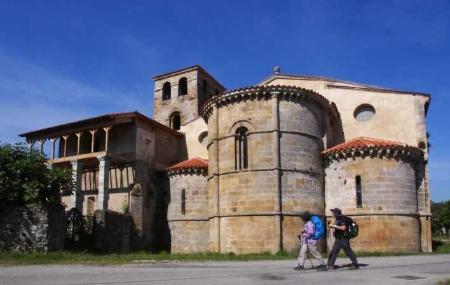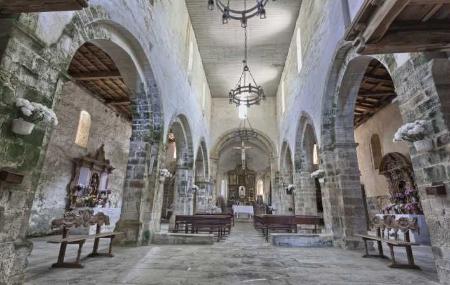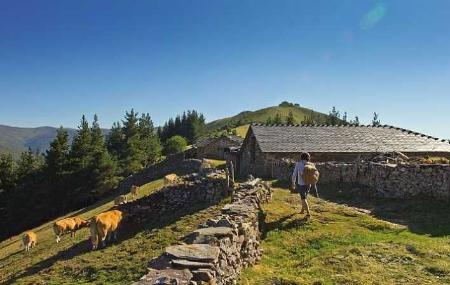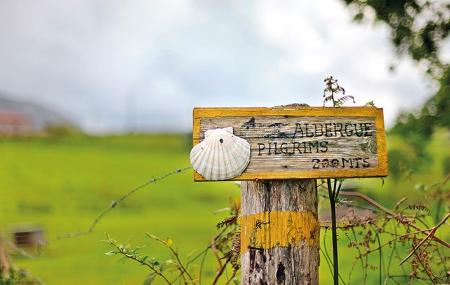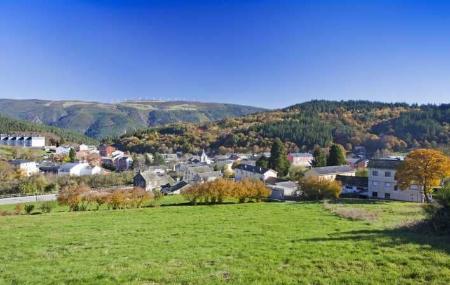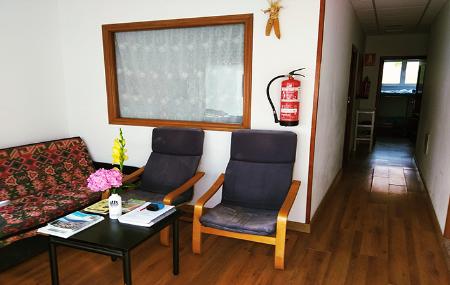It was in the early years of the 9th century when Bishop Teodomiro, head of the diocese of Iria Flavia, in the westernmost part of the Kingdom of Asturias, went to the court of Oviedo to bring some very important news to his king.
/documents/39908/67683/berducedo.jpg/76583d29-443d-cfb9-1148-3fb65bf0e5cf?t=1674197091830

Stage Tineú - Pola de Allande.
A hermit had seen some strange lights in the forest of Libredón that pointed to a sepulchre where, according to all indications, the remains of the apostle Santiago lay. The monarch, Alfonso II, wanted to go with his entourage to see the discovery with his own eyes and ordered a funerary shrine to be built on the site, which he placed under the care of a community of monks.
That is what the legend says. The discovery of the tomb of Santiago, it should be noted, did not come at all badly for the king at a time when he needed to quell internal revolts and consolidate the war of reconquest he was waging with the Muslims. If a servant of the Lord had chosen the Asturian territories as his final resting place, it had to be because they were blessed by divine grace. Consequently, those on the inside had to be united and those on the outside had reason to worry and to consider the expectations of his invasion frustrated.
The route of the Primitive Saint James' Way
/documents/39908/67683/peregrinos.jpg/3e8f59c7-f946-35ba-0f31-8c7f3146dbb0?t=1674197098675

Pilgrims on the Primitive Way.
The Primitive Way, as it passes through Asturias, can be divided into seven stages, although these can be subdivided as many times as the pilgrims wish, thanks to the sufficient number of hostels and accommodation that allow you to take a break when your feet get tired. The route runs in one direction until the fourth stage. Once there, walkers have two options: to continue to Pola de Allande, as the official itinerary indicates, or to take the so-called Hospitales variant, in which case it is advisable to spend the night in Campieḷḷu or Bourres.
It is believed that the Hospitales section - so called because of the ruins of the pilgrim establishments preserved there - was part of the original route of the Primitive Way, although its extreme hardship, with very steep slopes that cross completely unpopulated lands, meant that pilgrims gradually opted to head for Pola de Allande. Those who decide to follow this route will enjoy magnificent surroundings in which nature manifests itself in all its splendour, although it is essential to be in good physical shape. The Hospitales variant rejoins the official route at Montefurado, some eight kilometres from Berducedo.
This was, therefore, the first Jacobean route recorded in history, and this route is what we know today as the Primitive Way.
/documents/39908/67683/mapa-camino-primitivo.png/cbfa38dc-4f83-f42a-624e-90c1263f5835?t=1722428684640

Itinerary and stages of the Primitive Way
The Primitive St. James' Way goes from Oviedo/Uviéu to Puerto del Acebo with a total of 145.6 km (141.9 km by the Hospitales variant).
Search for hostels on the Primitive Way
Plan your Primitive Way and book your hostel in advance. Secure your accommodation at each stage and walk with peace of mind.
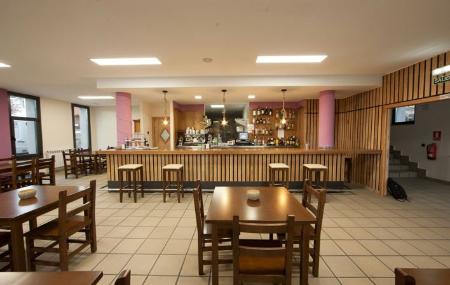 The Original Way
Stage 7: Grandas de Salime - Puerto del Acebo
The Original Way
Stage 7: Grandas de Salime - Puerto del Acebo
Miguelín
A Mesa (Grandas de Salime) The Original Way
Stage 1: Oviedo/Uviéu - Grau/Grado
The Original Way
Stage 1: Oviedo/Uviéu - Grau/Grado
La Quintana
Grau/Grado (Grado)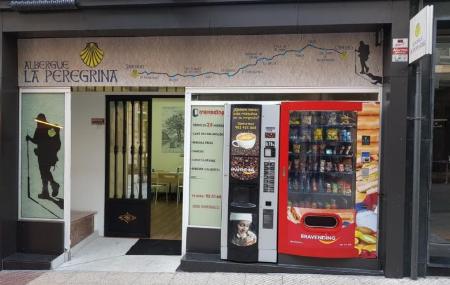 The Original Way
Stage 1: Oviedo/Uviéu - Grau/Grado
The Original Way
Stage 1: Oviedo/Uviéu - Grau/Grado
La Peregrina
Oviedo/Uviéu (Oviedo)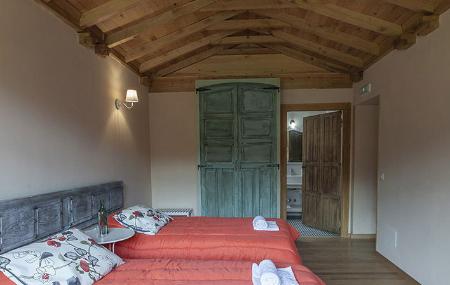 The Original Way
Stage 2: Grau/Grado - Salas
The Original Way
Stage 2: Grau/Grado - Salas
La Figal de Xugabolos
Zorrina (Salas)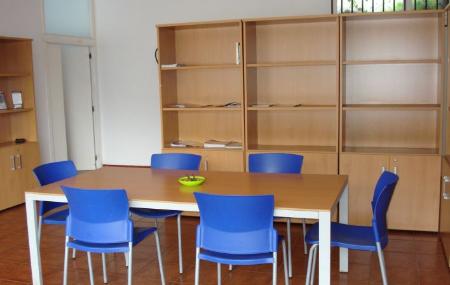 The Original Way
Stage 4: Tinéu - Pola de Allande
The Original Way
Stage 4: Tinéu - Pola de Allande
Albergue de peregrinos de Pola de Allande
Pola de Allande (Allande)/documents/39908/67683/termas-valduno.jpg/b951fbd4-d40d-bd81-5e46-654c9fb99521?t=1674197102222

Thermal baths of Santa Eulalia de Valdunu (Las Regueras).
The historical sources are not very reliable and there are no data that allow us to determine the exact route that the Asturian king followed. It seems logical that he and his followers headed towards that remote corner of Gallaecia following the Roman road that linked Lucus Asturum (today's Lugo de Llanera) with Lucus Augusti (Lugo), and that they linked there with the road that reached Bracara Augusta (Braga) through Iria Flavia (Padrón).
An itinerary that not only faithfully follows the steps that Alfonso II would have taken as the first pilgrim to the tomb of the apostle, but which has survived, maintaining the essence of the original pilgrimages. This explains why it is attracting the interest of an increasing number of pilgrims who choose it to make their way, in the style of the medieval pilgrims, to the distant Compostela.
The last frontier of Christianity
/documents/39908/67683/estatua-peregrino.jpg/d067775a-d737-587f-876b-efe57e06a628?t=1674197093620

Statue of the Pilgrim (Tinéu).
The first Way of St. James therefore ran through the territories of the Kingdom of Asturias, erected as the last stronghold of Christianity at a time when the Muslims occupied most of the Iberian Peninsula. The fact that it covered the route between the royal seat, Oviedo/Uviedo, and the last known end of the world - Compostela, in the finis terrae - added a strong symbolic value to its status as a pilgrimage route. This historical and sentimental charge continues to be maintained today, although for different reasons. Those who know the Jacobean routes well do not hesitate to point out that the Primitive Way, with its 321 kilometres, is the one that has best preserved the essence that surrounded the ancient pilgrims who left their homes to go in search of the tomb of St. James. This assertion, which is true, can be explained by geographical, economic and social factors.
From Oviedo/Uviéu to Grandas de Salime, the route runs through what would become the central strip of south-western Asturias, crossing the councils of Las Regueras, Grado, Salas, Tineo, Allande and Grandas de Salime.
This is an area of the region with a complex orography which, until very recently, hindered the development of infrastructures and which, therefore, remained somewhat remote from the central area of the autonomous region, where the bulk of the population is concentrated thanks to strong industrialisation and a growing boom in the service sector. Thus, the lands of this particular "end of the world" which the Primitive Way crosses have maintained their links with agriculture and livestock farming and have largely preserved the environment of their towns and villages, characterised by a rugged landscape of great beauty which may present minimal difficulties for less experienced walkers, but which in return offers a unique and unforgettable experience in some of the lesser-known corners of Asturias.
/documents/39908/67683/catedral.jpg/e816fad4-7f1b-da8b-b0ba-7be1dcdc1ddb?t=1674197092392

Talking stones
/documents/39908/67683/interior-catedral.jpg/02965e45-dd50-fafc-4e8a-99906edf0b24?t=1674197095558

Interior of the Cathedral of El Salvador (Oviedo/Uviéu).
The Primitive Way begins at the gates of Oviedo/Uviéu Cathedral, a Gothic temple with a Gothic floor plan in which several architectural styles are accommodated and where, in addition to its unique tower, the Holy Chamber stands out in its own right, a pre-Romanesque construction that was the palatine chapel of Alfonso II. The crosses of La Victoria and Los Ángeles, true emblems of the autonomous community and of the city - which bear them on their respective coats of arms - are preserved here, as well as the Holy Ark, where numerous relics were kept, including the Holy Sudarium, which made Oviedo/Uviéu a stronghold of Christianity in the Middle Ages. The Holy Chamber underwent an important enlargement in the Romanesque centuries. This deprived it of its original pre-Romanesque structure, but in exchange it was endowed with another of its most important treasures: a superb apostolate that some have attributed to Master Mateo, the sculptor of the Portico de la Gloria in Compostela.
Also attributed to the Romanesque style is the carving of El Salvador, on the south side of the cathedral transept, in front of which many pilgrims, for obvious reasons, consider their journey to Santiago to have begun. On the first steps we are treated to gems such as the Roman baths of Santa Eulalia de Valdunu and the chapel of Los Dolores, in Grau/Grado, whose exterior simplicity hides almost unbelievable churrigueresque exuberances. Next to it, the palace of the Miranda-Valdecarzana family and the medieval wall, recently rebuilt, bear witness to the importance that the town of Moscona once had, whose Sunday market is still one of the most famous and frequented in Asturias.
The cathedral is only the first of the heritage landmarks along this route which, although it is more notable for its natural and scenic attractions than for its monumental heritage, is home to artistic discoveries which it would be unforgivable to pass by without stopping.
/documents/39908/67683/salas.jpg/6a238003-17ba-398b-a528-4eef8479e3cb?t=1674197100854

Collegiate Church of Santa María la Mayor (Salas).
The monastery of San Salvador de Cornellana combines Romanesque and Baroque architecture in the midst of a setting conducive to rest and relaxation and was one of the most important monasteries in the north of the peninsula, as can be deduced from its grandeur and privileged location. Very close by, in the so-called Casas del Puente, the battle took place in which Ramiro I managed to win the throne of Oviedo/Uviéu after defeating his opponent Nepociano, in what was to be a fundamental episode in the future of the Kingdom of Asturias. The collegiate church of Salas, a town with an unmistakable medieval flavour, is Gothic in style and its interior contains the superb mausoleum of the inquisitor Fernando de Valdés, who came to preside over the Royal Council of Castile and founded the University of Oviedo/Uviéu.
The monastery, in a state of abandonment and whose history is adorned with many legends, has an exceptional Romanesque church and a beautiful Baroque cloister, and, above all, it houses a superb Christ inside, which experts consider to be one of the greatest jewels left by the Middle Ages in the northwest of the peninsula.
/documents/39908/67683/pola-allande.jpg/22d1a61a-0706-a705-0ffb-33e43bc89b15?t=1674197099851
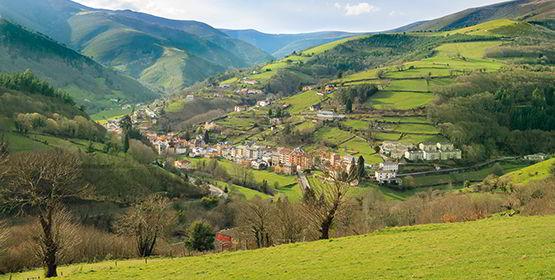
Pola de Allande.
The palace of the Cienfuegos de Peñalba family, perched above the houses of Pola de Allande, is one of the best examples of noble buildings of the rural Baroque style that can be seen in the region. The summit of the Palo pass is still home to the remains of the Roman reservoir that gave it its name, and where it is said that a group of witches held the last documented coven in Asturias.
You have to leave Tinéu behind to find another of the most suggestive surprises on the Primitive Way. This is the monastery of Santa María la Real de Oubona. To reach it you have to deviate some four hundred metres from the route, but the small effort is rewarded.
/documents/39908/67683/grandas-salime.jpg/98c4b1bc-c26f-87ce-3479-780bda723ee2?t=1674197094216

Grandas de Salime.
Very close by is the village of Montefurado, a unique enclave that owes its name to the gold mines that the Romans opened in these parts. These, in turn, are the last major landmark on the Primitive Way.
To reach it, pilgrims will have to pass through Buspol - where one of the oldest bells in the region is kept - and cross the beautiful Salime reservoir, sheltered behind a dam that hides a superb mural by Joaquín Vaquero Turcios. In the village of Castro, the admirable Chao Samartín stands up to time and inclemency, where the pre-Roman dwellings and the ruins of what was the Roman mansion of the so-called "Lord of Grandas" bear witness to the importance that these now hidden places had in the golden centuries of the Empire. A few kilometres to the west, the Acebo pass marks the entrance to Galicia.



